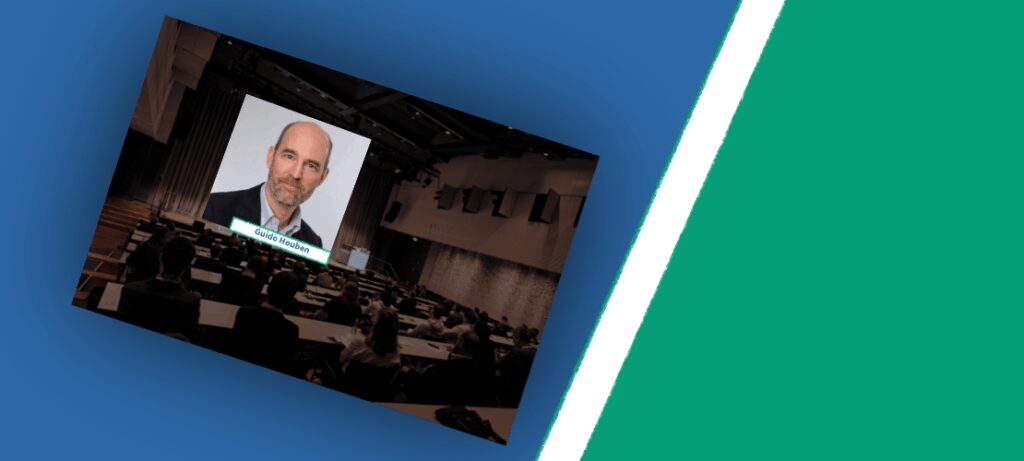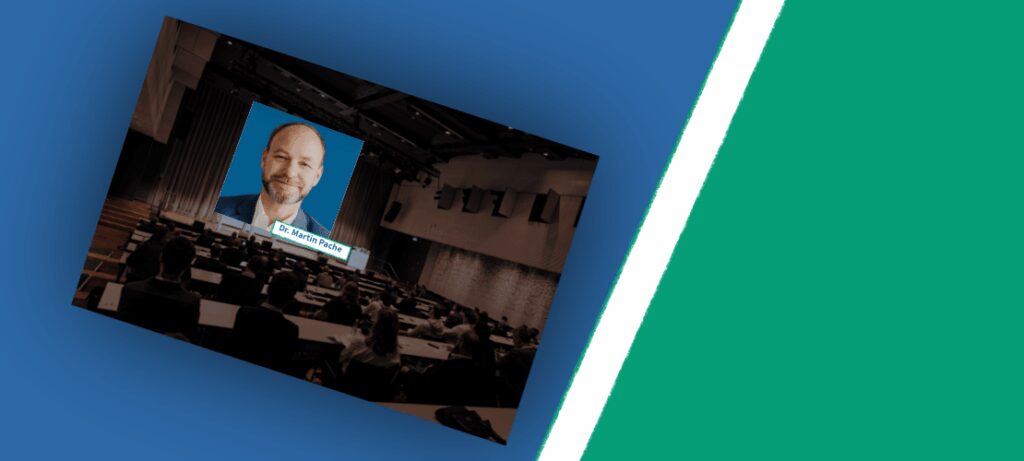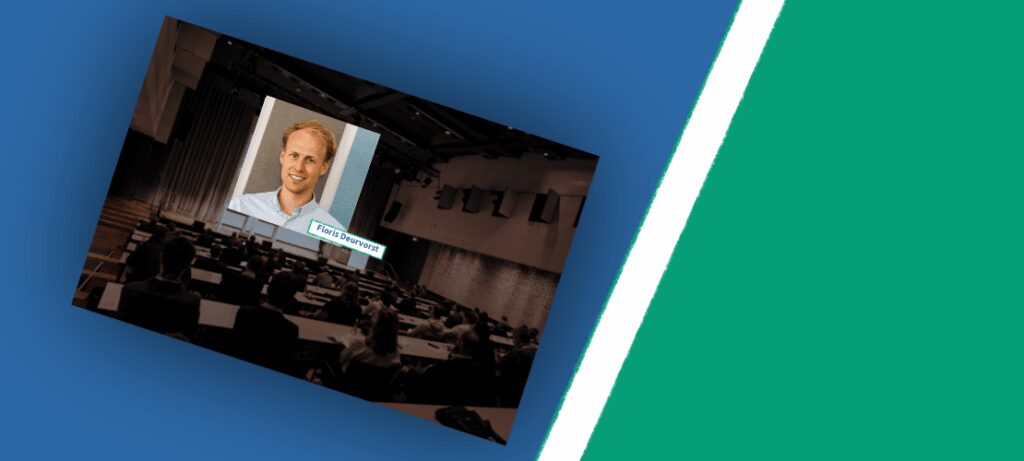

Fusion Innovation Strategy: How SPRIND Powers Disruptive Energy Technologies
Speaker: Dr. Antonia Schmalz (Technical Managing Director, Pulsed Light Technologies GmbH / SPRIND)
Why Disruption, Not Optimization, Will Power Fusion
At binding.energy 2025, Dr. Antonia Schmalz delivered a compelling call to arms: Fusion won’t succeed through marginal gains. It needs bold bets, unconventional paths – and the strategic structures to support them.
As physicist, co-founder of Pulsed Light Technologies (PLT), and fusion lead at SPRIND – Germany’s Federal Agency for Disruptive Innovation – Schmalz is at the intersection of physics, entrepreneurship, and public capital.
“We fund what others won’t. Because fusion can’t afford to wait.”
What is SPRIND? Germany’s DARPA for Fusion
SPRIND operates under the Federal Ministries for Economy and Education. Unlike traditional grant systems, it applies “DARPA-like” logic:
-
Radical innovation only – no incrementalism
-
Funding from €1M–€50M equity, plus €15M+ grants
-
Milestone-based, risk-tolerant, agile
-
Mix of venture debt, equity, and public-private leverage
“We don’t wait for consensus. We build trajectories.”
SPRIND Funding Model (2023–2024)
| Instrument | Amount | Comment |
|---|---|---|
| Grants | up to €15M | Non-dilutive early-stage |
| Equity / Venture Debt | €1M–€50M | Convertible, milestone-bound |
| Co-investment ratio | Up to 70% | With private capital (pari passu) |
Pulsed Light Technologies (PLT): Enabling Laser Fusion
Founded in August 2023, PLT is a 100% SPRIND subsidiary dedicated to building laser infrastructure for fusion startups. It currently backs:
-
Marvel Fusion
-
Focused Energy
Both operate under the diode-pumped, ultra-short-pulse paradigm.
PLT’s R&D portfolio includes:
-
ns compression lasers
-
fs ignition lasers
-
fs high-contrast systems
Total committed funding: €90M (2023–2025)
Structural Challenges on the Way to Commercialization
Dr. Schmalz highlighted the fragile path from research to real-world fusion machines:
-
High complexity → difficult engineering scaling
-
Fragmented startups → overlapping needs, few shared standards
-
Unclear markets → uncertain revenue forecasts
-
Supply chain → laser diodes, optics, crystals, HTS tape all bottlenecked
Supply Chain Breakdown for Inertial Fusion
According to the Laser Inertial Fusion Energy Memorandum (BMBF):
| Component | Estimated Need per Power Plant |
|---|---|
| Large optics (≥200 mm) | 7,000–10,000 units |
| Nonlinear crystals | >1,000 (large aperture, high quality) |
| Laser diodes | 1–10 million @1kW/bar |
| HTS conductor | ~300,000 km |
From DARPA to ITRS: Strategic Lessons from Semiconductors
Schmalz pointed to the International Technology Roadmap for Semiconductors (ITRS) as a model for how fusion can succeed. The ITRS, built by global chip experts (1998–2015), created:
-
Standardized roadmaps
-
Industrial alignment on R&D and production
-
A common “target horizon” across countries
“Fusion must think like semiconductors: plan together, compete later.”
Germany’s Vision: Fusion Infrastructure at Scale
Efforts include:
-
Fusion2040: BMBF-funded national strategy
-
New €100M research fund in Bavaria
-
Supply chain networking events
-
Education, regulation, funding across the board
A Coordinated Fusion Innovation Strategy
📌 What Europe’s Fusion Strategy Must Include
- ✅ National & EU-wide fusion roadmap
- ✅ Public-private partnership models (e.g. INFUSE, SPRIND)
- ✅ Milestone-based funding like DOE & Culham
- ✅ Supply chain acceleration (crystals, diodes, HTS)
- ✅ Talent programs & fast-track licensing
Europe’s Opportunity
Europe has a chance to lead by integrating public labs, private startups and agencies like SPRIND into a cohesive strategy. With national initiatives such as Fusion2040 and regional funds in Bavaria, momentum is building. If coordinated at the EU level, Europe could become the hub not just for tokamak or stellarator research, but for laser-driven fusion and other disruptive approaches. The key lies in turning fragmented projects into scalable programs with unified objectives.
Lessons from Other Industries
Semiconductors, aerospace and biotech show that disruptive innovation requires shared infrastructure and long-term roadmaps. Fusion can learn from these sectors. Instead of every company solving the same bottlenecks, joint strategies can reduce duplication and accelerate progress. The ITRS demonstrates how standardization can still leave room for competition. For fusion, a comparable roadmap would allow startups and states to plan within a common horizon.
Final Message: Fusion is Industrial Now
Dr. Schmalz closed with a warning – and an opportunity:
“Public labs are ready for prototypes. Private startups are building hardware. Now the systems must meet – through policy, funding, and strategy.”












